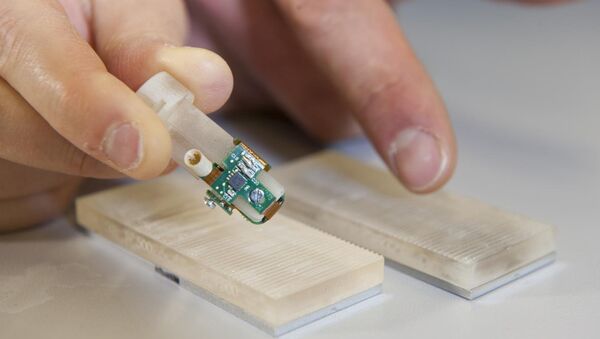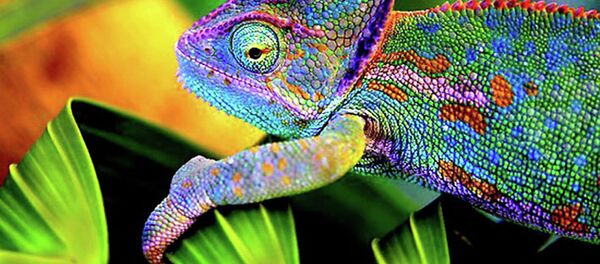"The stimulation felt almost like what I would feel with my hand," Dennis Aabo Sorensen said.
"I still feel my missing hand, it is always clenched in a fist. I felt the texture sensations at the tip of the index finger of my phantom hand."
Using the finger, Sorensen was able to distinguish between rough and smooth surfaces 96 percent of the time.
It can also be used to stimulate the nerves of non-amputees without the need for surgery, which means that prosthetic touch can also be developed and safely tested on non-amputees.
In the same experiment, tactile information was delivered to non-amputees through fine needles that were temporarily attached to the arm's median nerve through the skin. They were able to distinguish roughness in textures 77 percent of the time.
"In fact, even though a significant research in biology, medicine and engineering has produced artificial hands that progressively approached the performance of a 'natural hand,' it is a shared belief that providing a sense of touch is still the missing milestone."
"Thus far, promising results have been recently achieved to restore information about the touch of objects and also the level of produced grasping force. The restoration of ability to judge textural features represents the next significant step towards the re-establishment of close-to-natural sensory skills of a natural hand.



